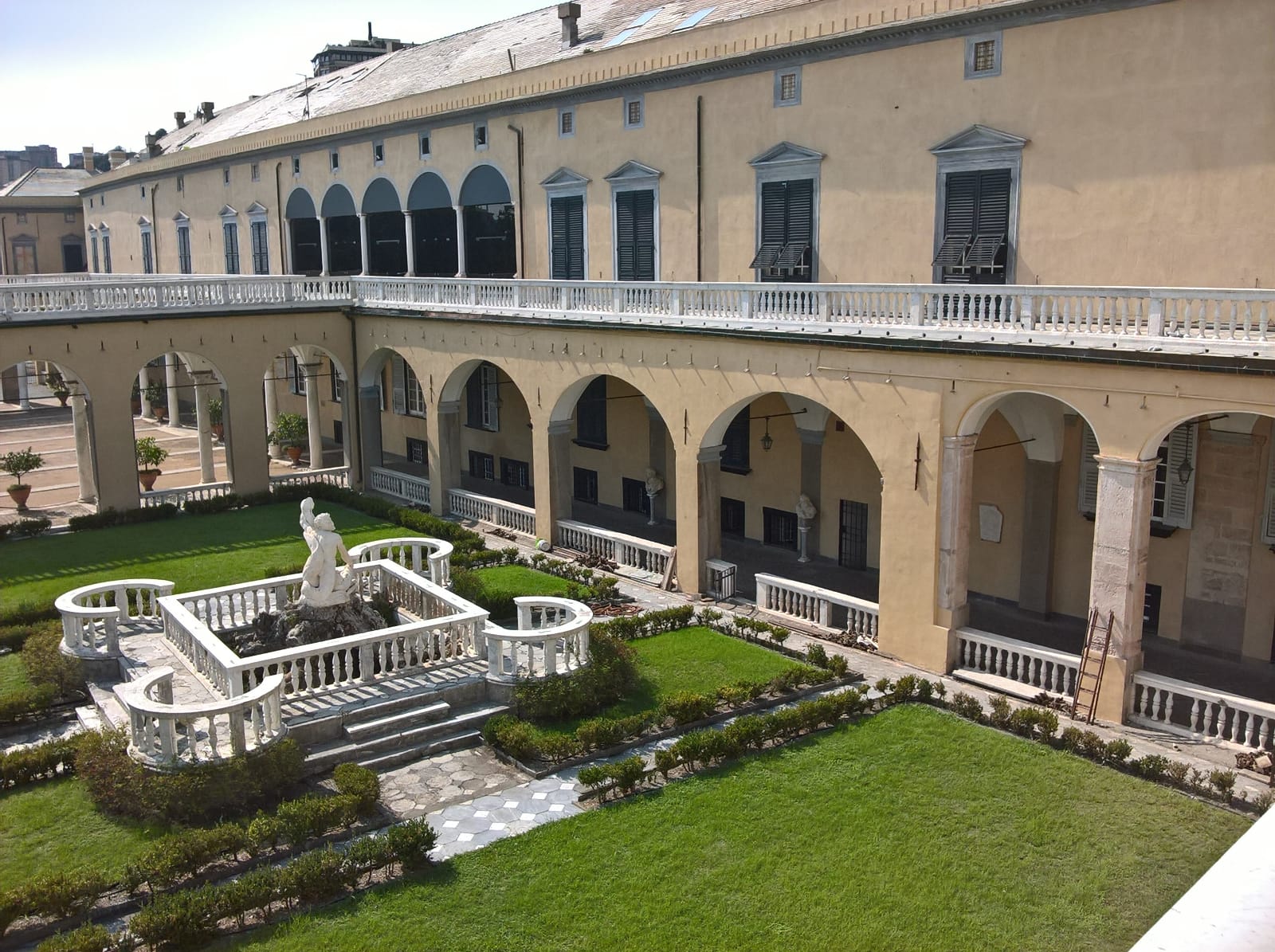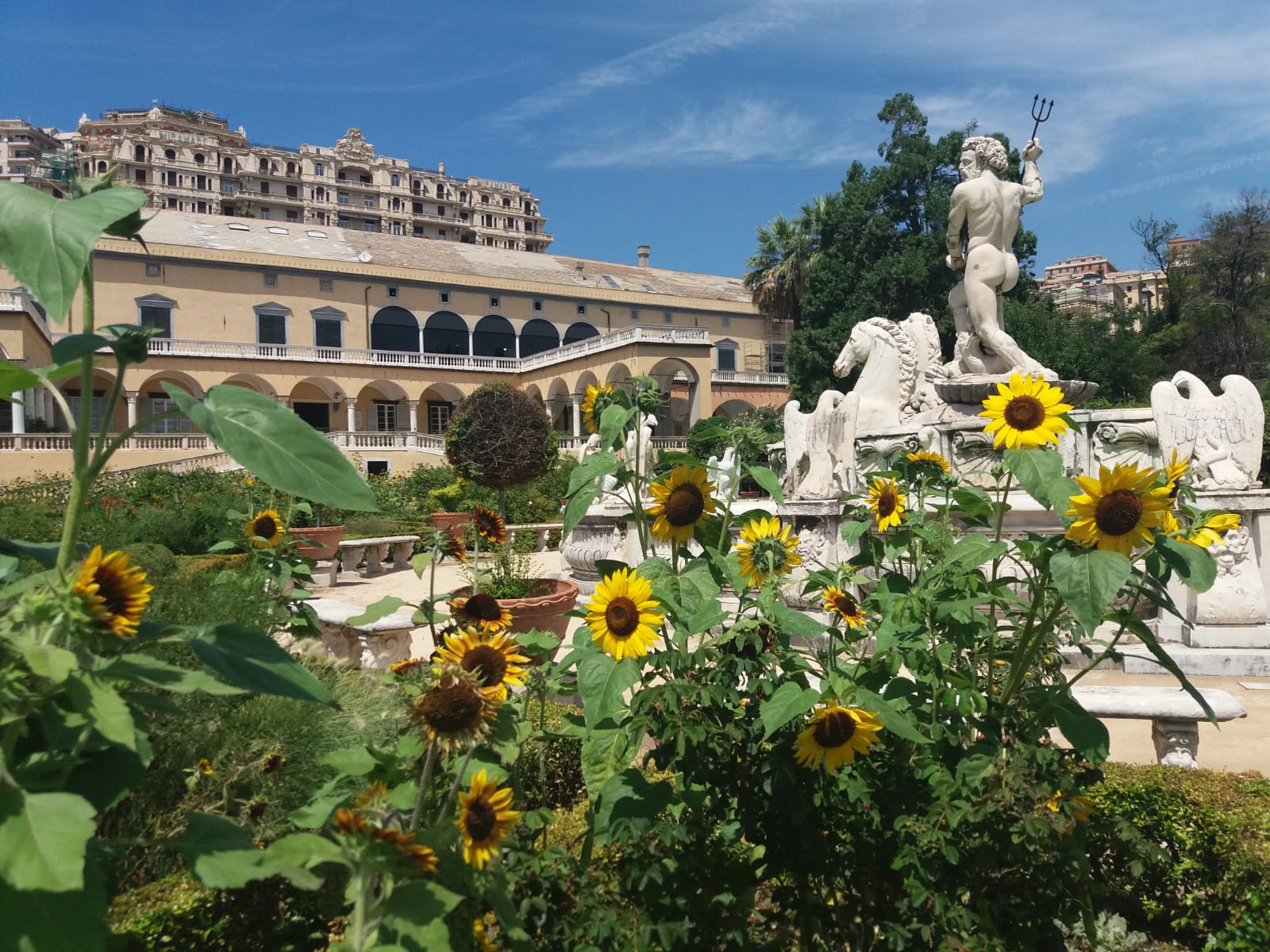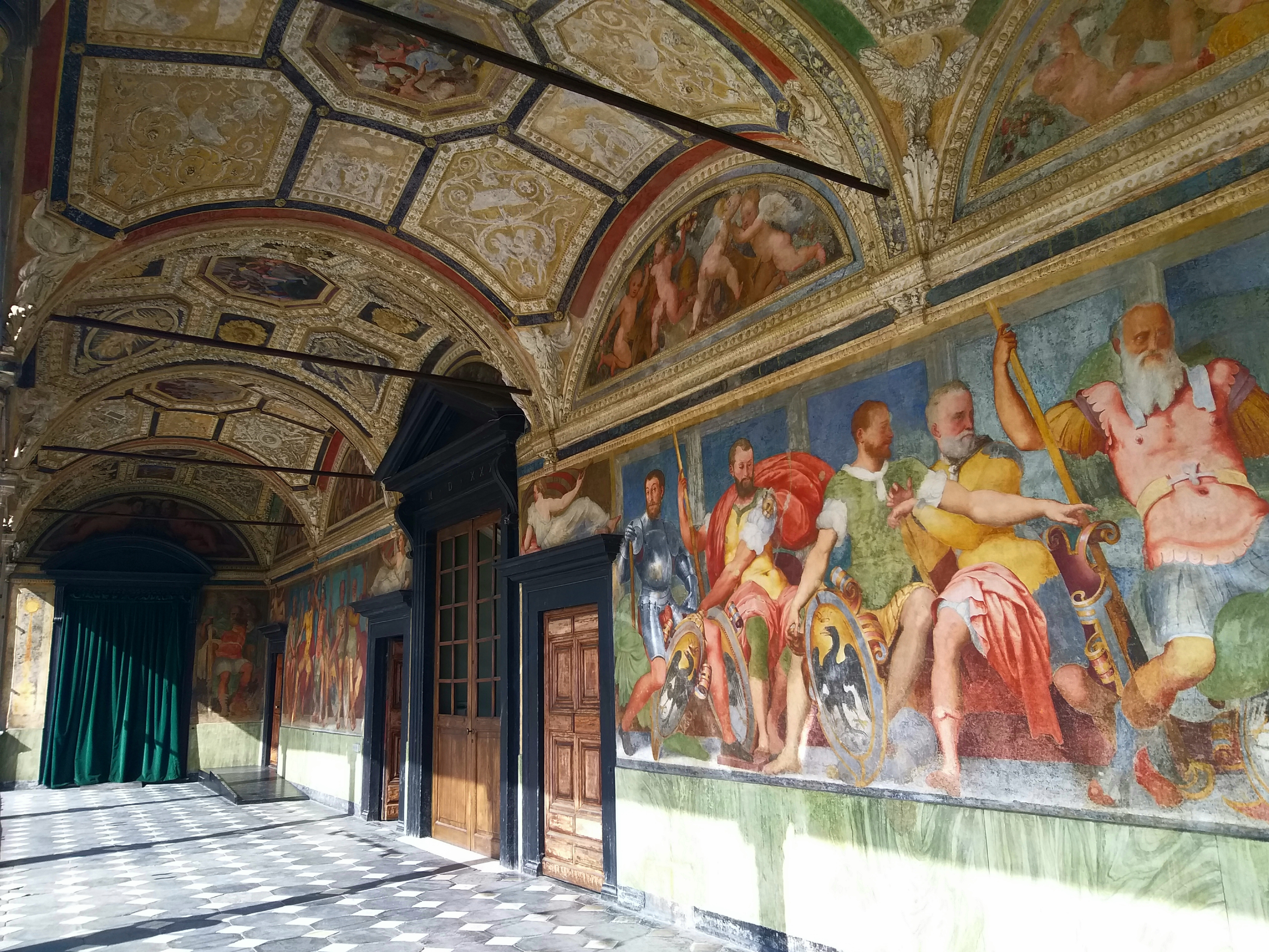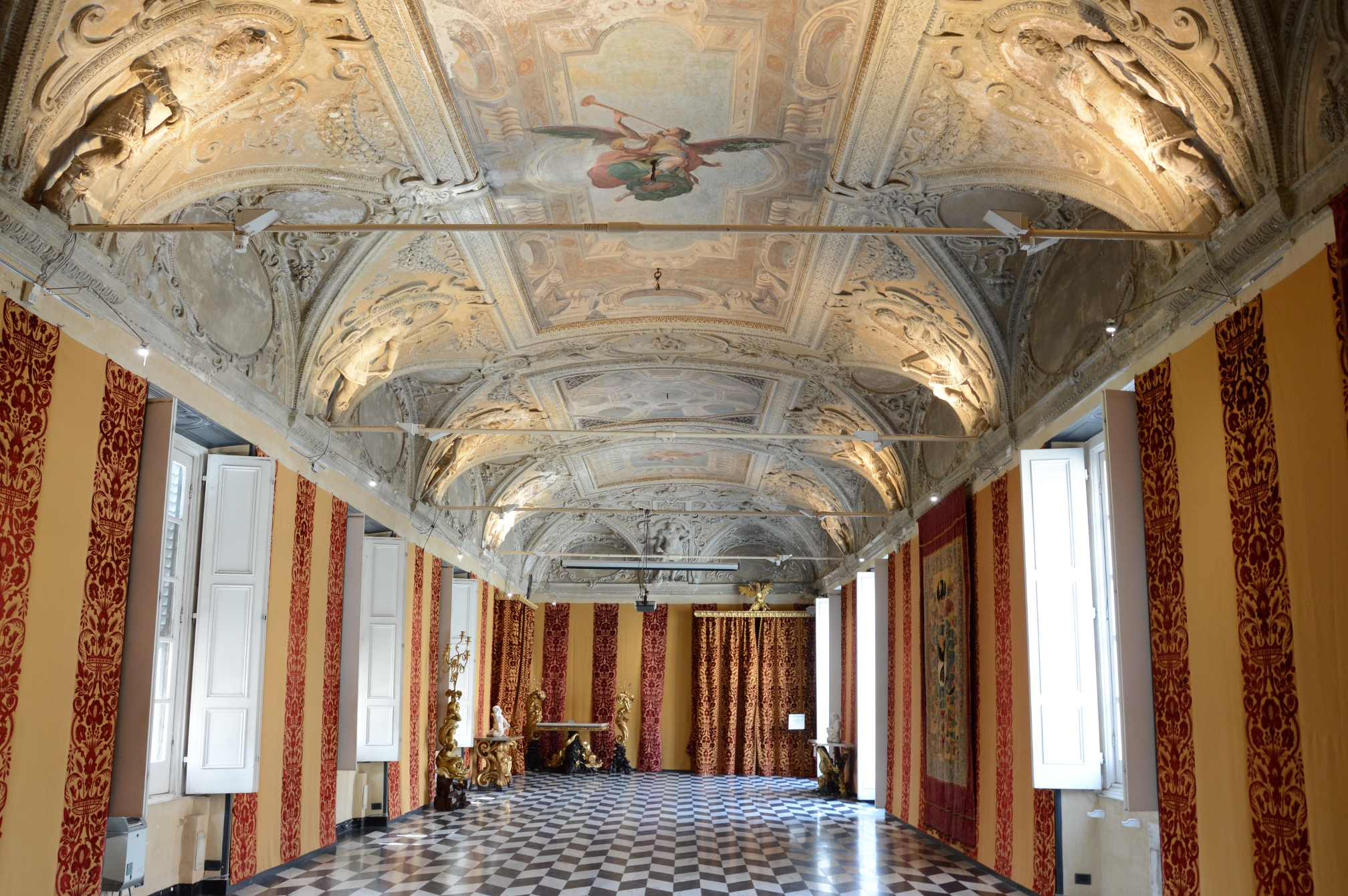Tour of the historical center
A guided tour of the historical center is planned for Wednesday, June 7, from 6:10-6:30 to 8:00 pm. The tour will start from the conference venue after the afternoon sessions end. The gathering point will be the San Salvatore Auditorium.
It will be possible to choose between two itineraries, one lighter for those who prefer a shorter walking distance, and one more intensive for those who like to walk. The choice can be made at the registration desk.
Conference dinner
The conference dinner will be held at Villa del Principe, Piazza del Principe, 4, 16126 Genova, on the evening of Thursday, June 8.
Built in the first half of the 16th century on the orders of Andrea Doria, Admiral of Emperor Charles V, and completed by his heir Giovanni Andrea about a century later, this is the only "royal palace" belonging to a city Republic.
Palazzo del Principe Andrea Doria or Palazzo del Principe a Fassolo (the Doria-Pamphili family) was commissioned by Andrea Doria in 1521 and built between 1521 and 1529 outside the city walls, on an estate he had purchased from the Lomellini family.


The interiors, recently restored by the Doria Pamphili family, the owners, feature a wealth of frescoes, tapestries and wooden furnishings. Of particular note is the hall with the fresco depicting the Giganti fulminati da Giove (Giants struck by Jupiter's lightening), by Perin del Vaga (1533), and the tapestries dedicated to the battle of Lepanto in 1571.
Revealing Roman influences in Renaissance design, it was built before the palaces of the Strada Nuova, marking the passage of Genoese architecture from the Middle Ages to the Renaissance and from the city palace to the suburban villa.
The building was once encircled by gardens that stretched out to the sea on one side and the hills on the other. In the centre was the magnificent fountain of Neptune, symbolising Admiral Doria, still visible today, while on what is now the back of the villa, a statue of Jupiter once stood as an allegory of Emperor Charles V, from whom Andrea received his title of prince.


